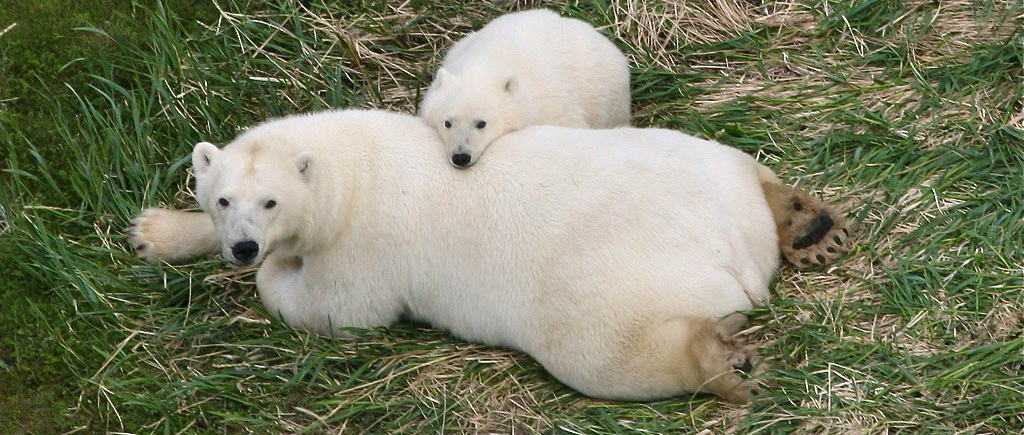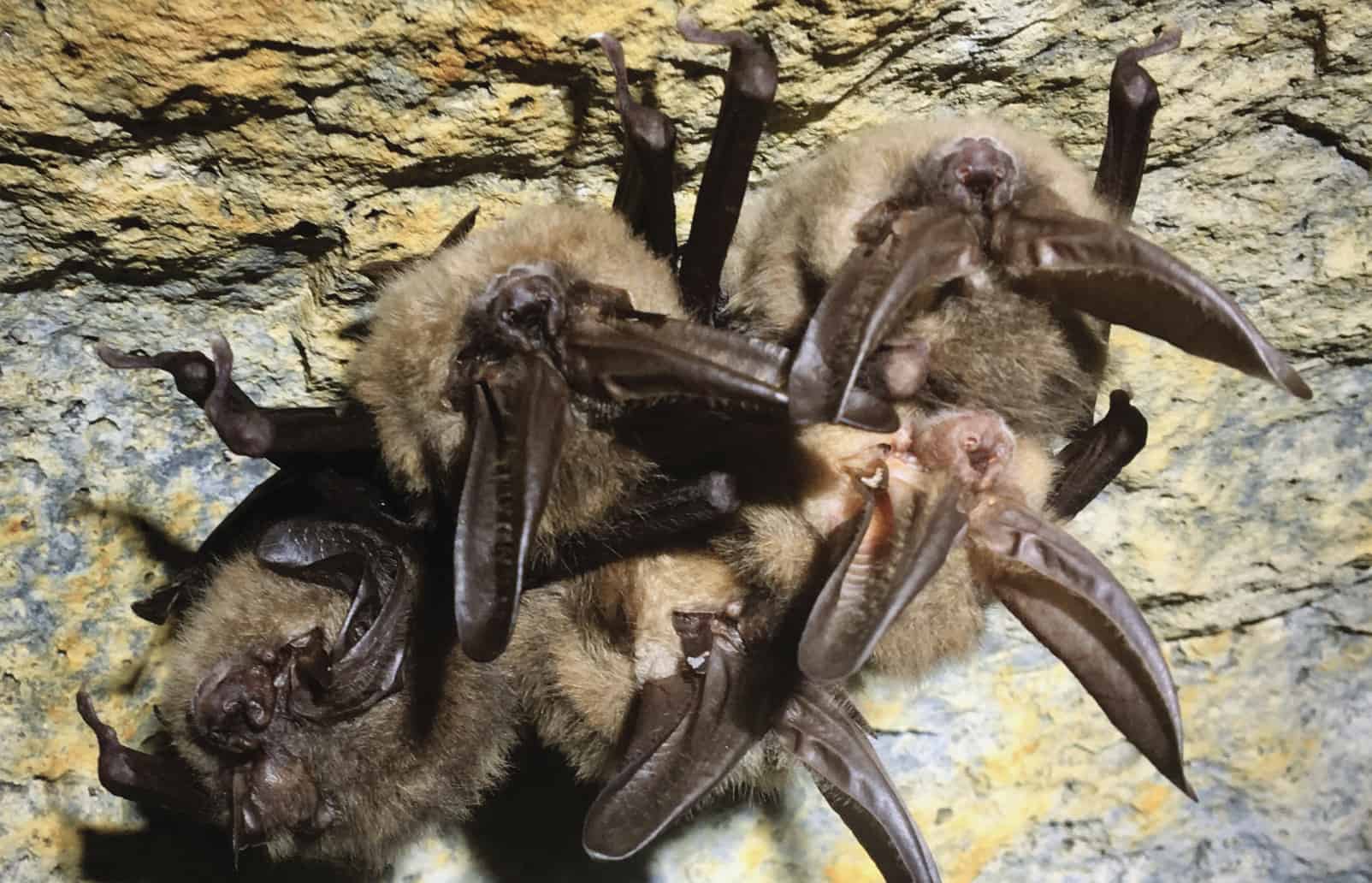Share this article
TWS Member: Hudson Bay Polar Bears Could Survive Ice Melt
Polar bears in the western Hudson Bay may be able to survive the ice melt, according to a new prediction model.
“We do know that bears eat on land,” said Robert Rockwell, a research associate with the American Museum of Natural History and the coauthor of a new study published in PLOS ONE.
Another widely cited study had previously created a model for the energy polar bears would need to survive, finding that without the sea ice to use as a platform for hunting seals, the species wouldn’t survive.
But Rockwell, a member of The Wildlife Society, has been studying polar bears for 47 years in western Hudson Bay and has observed bears feeding on snow geese, their eggs, and caribou.
“[Bears] aren’t going to stand there on the shore and say ‘Hey, send us a seal.’ They’re going to look for something to eat,” Rockwell said.
He and his coauthor reworked the model to include these land-based foods and found that bears could subsist if they made a habit of eating these things. He acknowledges that this behavioral change isn’t certain, and has only been observed in a few bears in the western Hudson Bay population.
Karyn Rode, a research wildlife biologist with the U.S. Geological Survey, has disputed some of Rockwell’s findings in the past.
She said that this new model does a good job of acknowledging the unknown factors such as the energetic cost it will take a bear to go after a caribou.
“They are very clear about the assumptions that are in it,” she said. But she isn’t positive that bears will start feeding more on these land sources.
“Feeding on caribou has been a pretty rare observation so far. There would have to be a change in behavior,” she said.
Rockwell said that western Hudson Bay is unique in that it hosts one of the only polar bear populations that doesn’t stay on the ice year round. Svalbard in Norway is another, and scientists there have done more work on how the bears forage on land during the summer months off the ice.
Rode also said there are other unanswered questions that may affect polar bear survival off the ice, such as a report by Environment Canada conducted in 2011 that found female polar bears didn’t survive well off the ice.
“Why does female survival continue to be lower the longer they spend on shore?” she asked.
Still, both Rockwell and Rode agree that more research is needed on bear energetics to determine whether chasing snow geese or the energy they spend hunting caribou is sustainable.
“Nobody knows exactly how much energy a polar bear spends catching stuff,” he said, noting that polar bears spend energy hunting seals as well.
One of the ways to do this, he said, will be to put a polar bear on a giant treadmill with some kind of sensors that can read the amount of oxygen and other gas coming off the bear.
Header Image: A new study finds that polar bears in western Hudson Bay may be able to survive the ice melt.
Image courtesy of American Natural History Museum.








